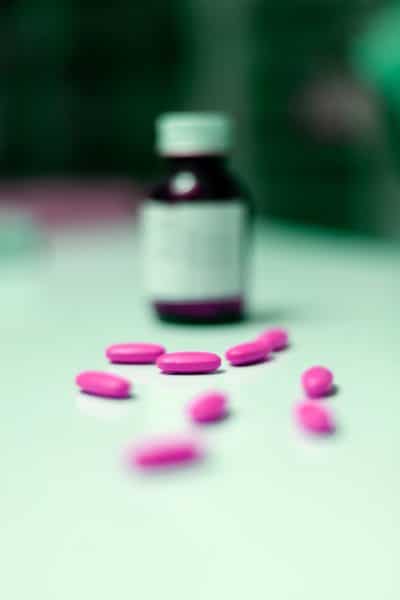A recent recall on acetaminophen serves as a valuable reminder of how crucial accurate documentation is in the medical community. Health Canada issued a recall for Novo-Gesic Forte acetaminophen tablets this summer over a labelling error that could cause people to take a dangerous amount of medicine. The affected bottles said users should not exceed more than 12 tablets within 24 hours — that’s 50% more than the correct daily dose of 8.
According to Health Canada, a person who takes 12 tablets could experience symptoms of an overdose, including nausea, vomiting, and abdominal pain. In severe cases, this pain could indicate the person has suffered liver damage or even failure. When a medical label is incorrect, lives are at stake. That’s why it’s crucial for companies to ensure that product labels are translated in the most accurate manner.
While there are strict regulations governing what you must include on medical labels, the faulty acetaminophen packaging shows some mistakes still happen. How can you ensure you don’t run into these issues? Here are some tips that will help you reduce the risk of errors.
IMAGE: UNSPLASH
Tip #1: Don’t Use Abbreviations
A pill bottle has very little real estate for the written word, and you have to fit quite a bit of information to meet regulations. When space is tight, it may be tempting to abbreviate common drug names. However, this is a bad idea.
The average person has a much lower health literacy than the doctors and technicians on your team. While you may easily understand the industry’s abbreviations for drugs, many people are unaware of these short forms.
Tip #2: Use Different Colors
If your product comes in several strengths, you’ll want to make it easy to differentiate between these options. Changing the color for each measurement can help pharmacists and patients catch these differences with a glance. To be safe, you’ll want to increase the size of the international units (IU) or micrograms (mcg) so that they’re displayed plainly on the packaging.
Tip #3: Use Professional Medical Translation Services For International Packaging
If you have plans to sell your products all over the world, you’ll need to translate your labels into the local language of each market. To ensure your instructions remain accurate throughout the process, it’s essential you work with a certified medical translator.
You can find these professionals through a certified medical translation company that has ISO accreditation. This certification proves a medical translator’s work goes through multiple levels of review to ensure it meets international regulatory standards.
Tip #4: Translate E-Labels
An e-Label (electronic label) is an online resource that shares your product’s information. It’s an accessible document that makes your label searchable, improving the user experience. It’s also a great solution to the problem of limited space. You can share non-essential information on an e-Label that doesn’t fit on the bottle or box. You can also include multimedia videos demonstrating how to use your product safely.
If you take advantage of e-labeling, make sure you treat this information just as you would anything else that goes straight on your packaging. Involve your medical translation service to ensure written, and multimedia information retains its original meaning in all languages.
Bottom Line
Errors in labeling may be a simple spelling mistake, or it could be a dangerous change in dosage. It’s not worth the risk to people’s lives or the damage such an error can levy to your company’s reputation, so make sure to follow these tips.
IMAGE: UNSPLASH
If you are interested in even more design-related articles and information from us here at Bit Rebels, then we have a lot to choose from.


COMMENTS